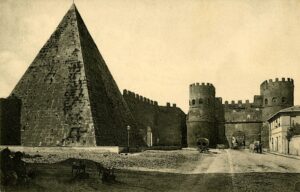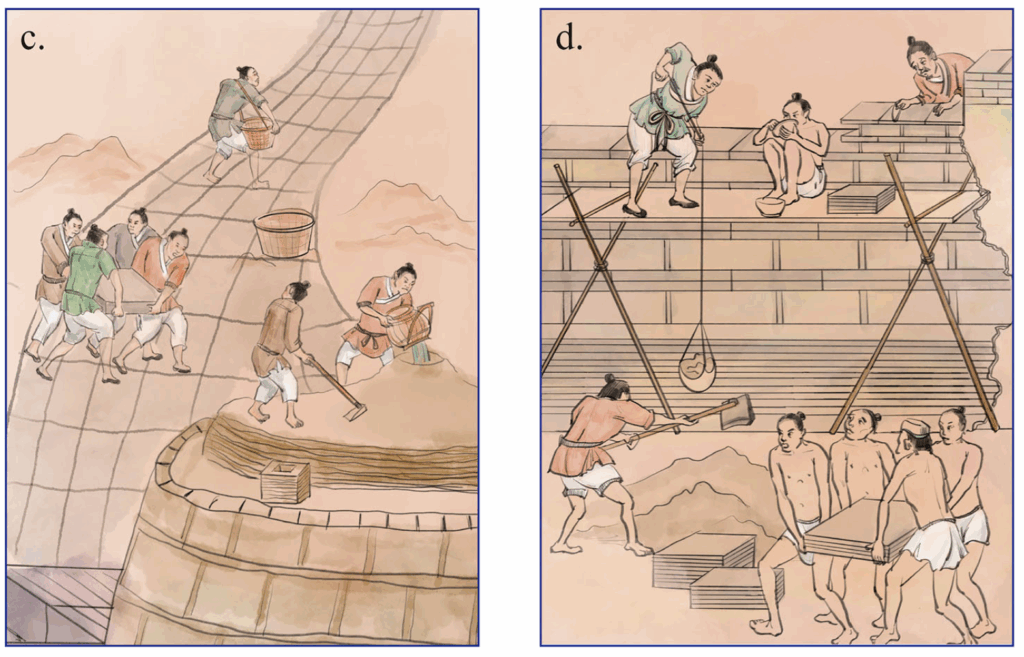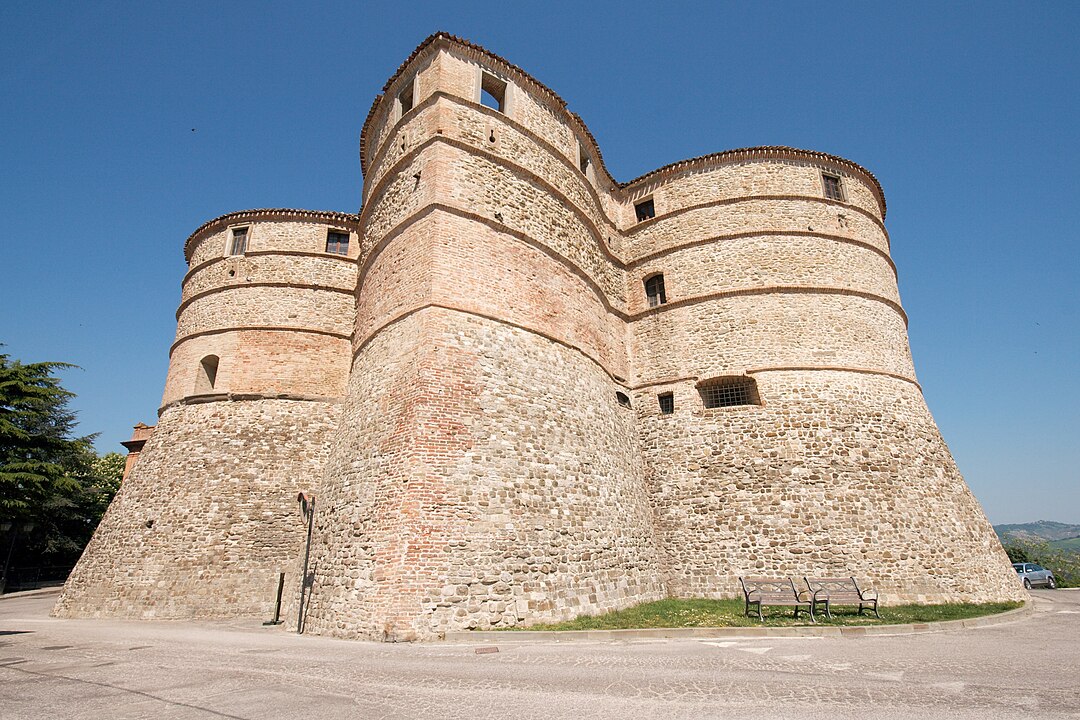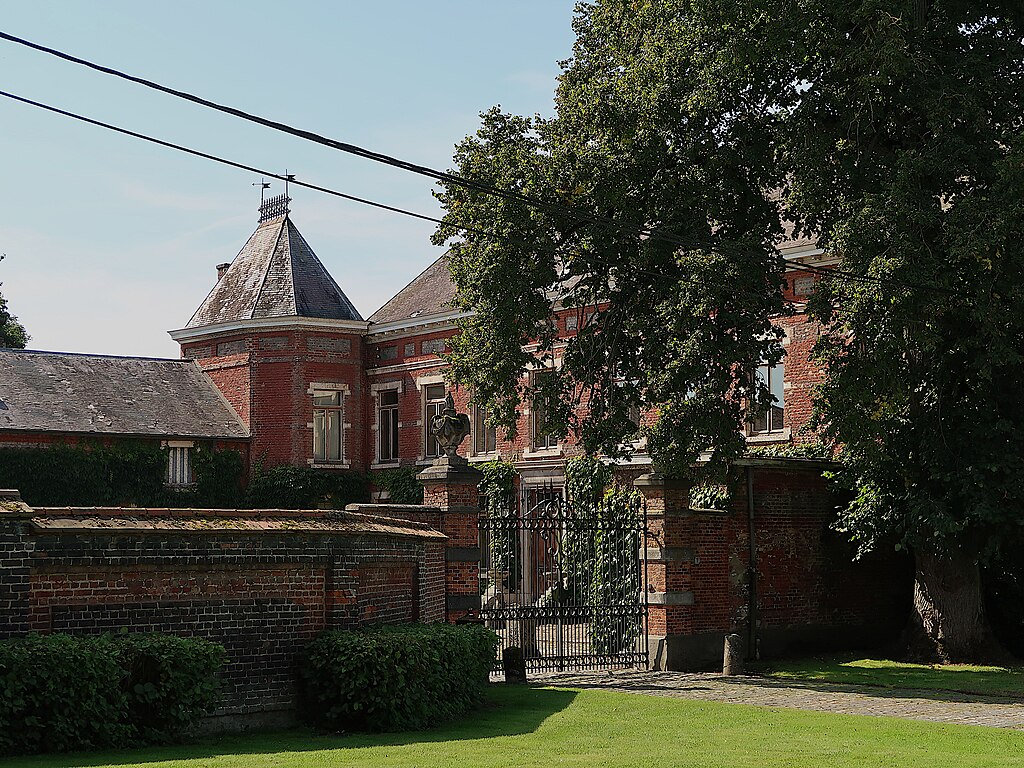Helping First Responders Limit Damage to Buildings: a Handbook
Earthquakes pose a big threat to cultural and heritage buildings. Normally, historic buildings are more vulnerable to seismic actions than ordinary ones. So, also the artifacts that such buildings normally protect are subject to damages, due to the debris and, sometimes, to fires ignited by earthquakes. The STOP cards help first responders in limiting damages to buildings hit by seismic actions.
Earthquakes pose a big threat to cultural and heritage buildings. Normally, historic buildings are more vulnerable to seismic actions than ordinary ones. So, also the artifacts that such buildings normally protect are subject to damages, due to the debris and, sometimes, to fires ignited by earthquakes.
The Manual and the Handbook (Vademecum in Italian) STOP documents, published in 2010 with the fundamental contribution of the Italian National Corps of Firefighters (Corpo nazionale dei vigili del fuoco) and the University of Udine, describe the creation and purpose of a vademecum, a technical-scientific guide for the works provisional in the field of firefighting, following an earthquake. The work is intended to be a reference tool for addressing future challenges, and it is divided into two volumes: the Manual and the Vademecum STOP.
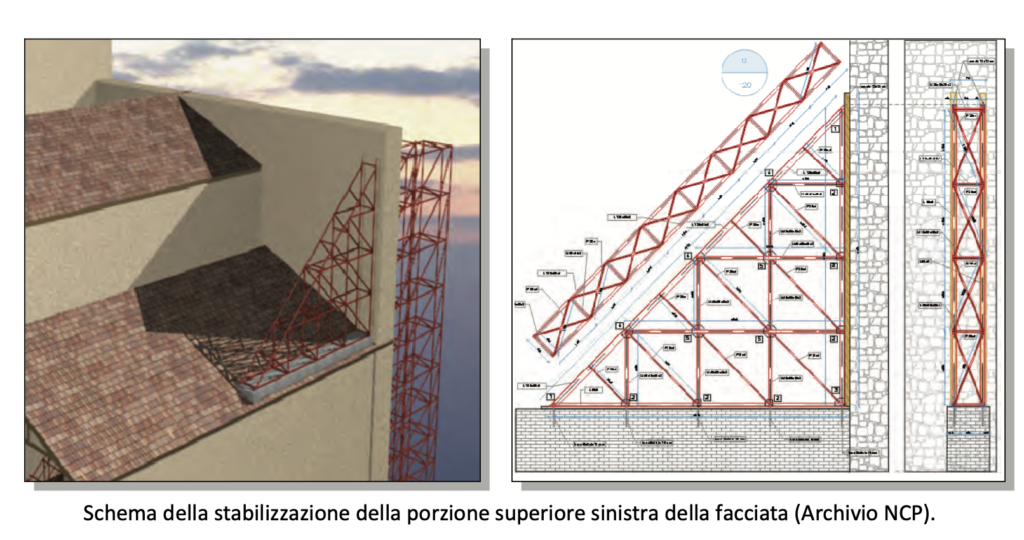
The manual provides an overview of the role of the Italian National Corps of Firefighters in emergencies, specifically in the aftermath of the Abruzzo earthquake, highlighting why a specific nucleus for coordinating provisional works was established. It also describes the philosophical basis for imposing standardization on provisional works in response to specific needs arising from the earthquake.
The manual covers the genesis of the idea to create the vademecum, the design criteria adopted for provisional works, and the detailed description of the operational procedures for executing these works. It also includes a section on the safety of operators and the use of materials and equipment in these operations.
The Vademecum STOP contains the complete collection of sheets for stopping various types of interventions, while the Manual explains and illustrates the design choices made in the Vademecum. The manual provides an overview of the experience of the National Corps of Firefighters in previous
earthquakes, highlighting the need to standardize provisional works in response to specific needs arising from these events.
The manual covers the design criteria adopted for provisional works and the detailed description of the operational procedures for executing these works. It also includes a section on the safety of operators and the use of materials and equipment in these operations. The manual concludes by presenting the schemas of some interventions in which the problem of safety, materials, and equipment used in the execution of provisional works has been highlighted.
The vademecum is intended to be a tool for improving the capabilities of operators in the field of technical emergency interventions, both during and after the earthquake. The manual and the Vademecum STOP provide a comprehensive overview of the operational procedures followed in the realization of provisional works, with a particular focus on safety and the use of materials and equipment.
One of the most important activities carried out during the first months after the earthquake has been a wide operation of provisional works outside and inside the buildings. Such works have been made in order to avoid further collapses. Thus, the special firefighter’s teams have been protecting walls, roofs and floors of the buildings against the damages posed by the rain. That’s the main experience that led to the publications. The first is divided into 8 sections:
- timber raker shores
- timber wall to wall shores (horizontal and sloped)
- shores for apertures
- shores for slabs and balconies
- support of vault and arches
- steel wire rope tie backs
- bracing of columns with polyester with ratchet straps
- interloped packing of walls
Each section is opened by an extremely simplified description of the movement to be constrained. For example, the interloped packing of wall section is described by the following figure:
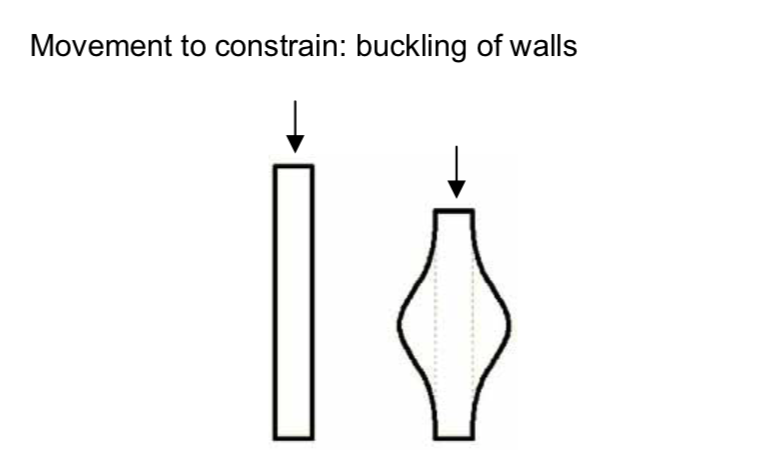
Each kind of movement can be found in different scenarios. For example, the timber raker shores may applied to six main different situations:

The shoring to be put in place will be designed accordingly. The following figure is drawn by the same section:
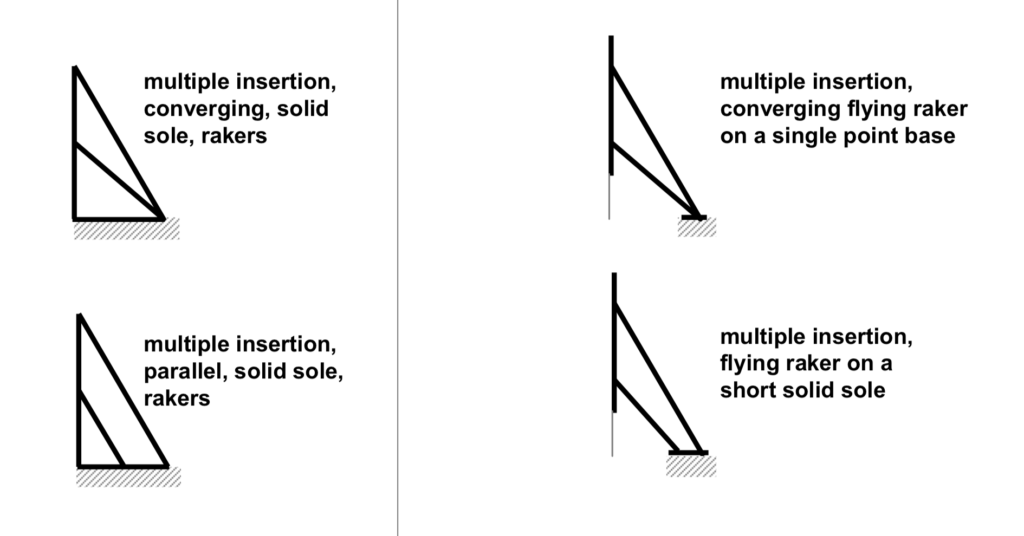
Having identified the main scheme of the shoring, technologies and details must be considered. The following example is part of the fifth section (support of vault and arches):
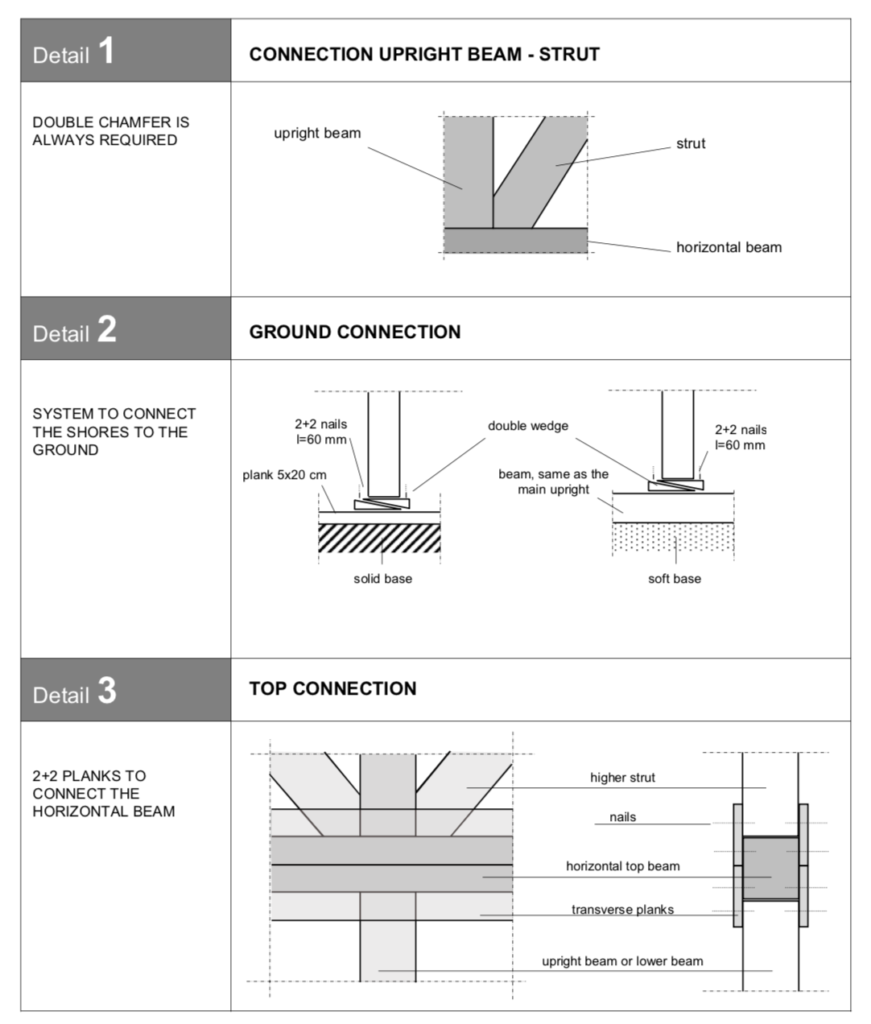
In the following phase of the procedure suggested by the STOP vademecum, the identification of the single elements of the structure to be built are detailed. The following figure explains dimensions of the components of a main solid raker according to the seismic risk of the area:
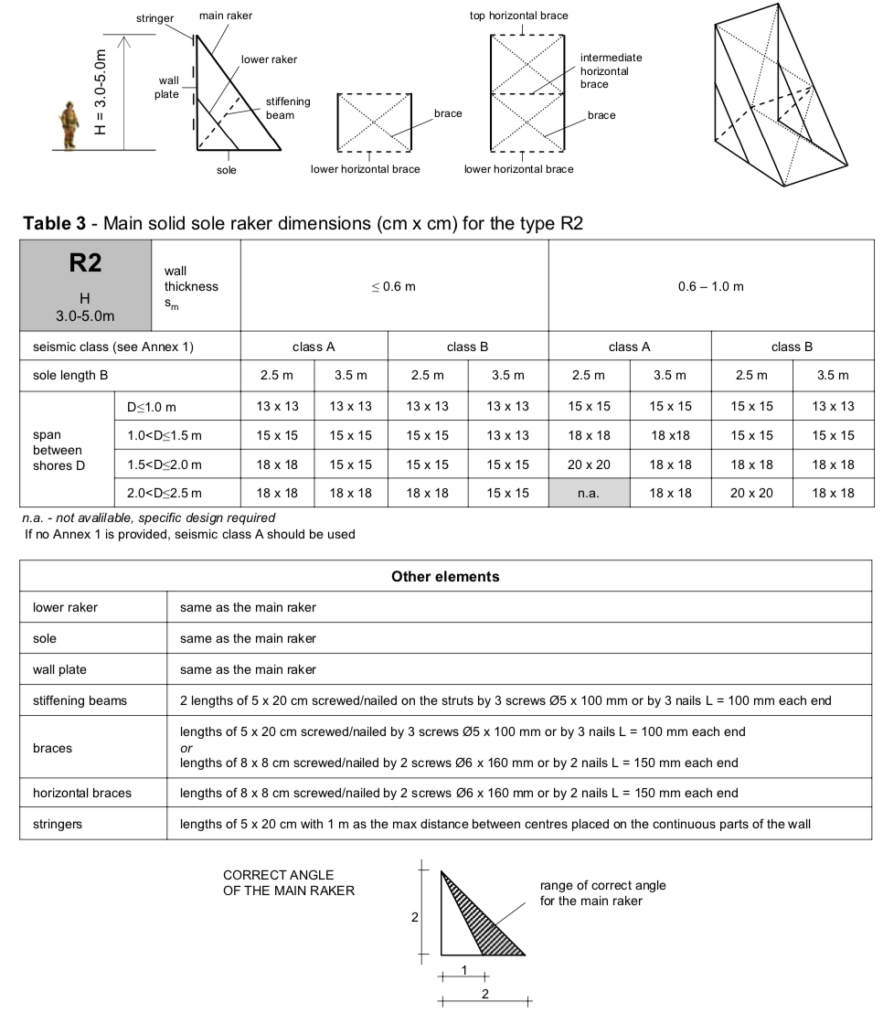
Operating procedures are considered in the STOP cards. The following figure is part of the interloped packing of walls section:
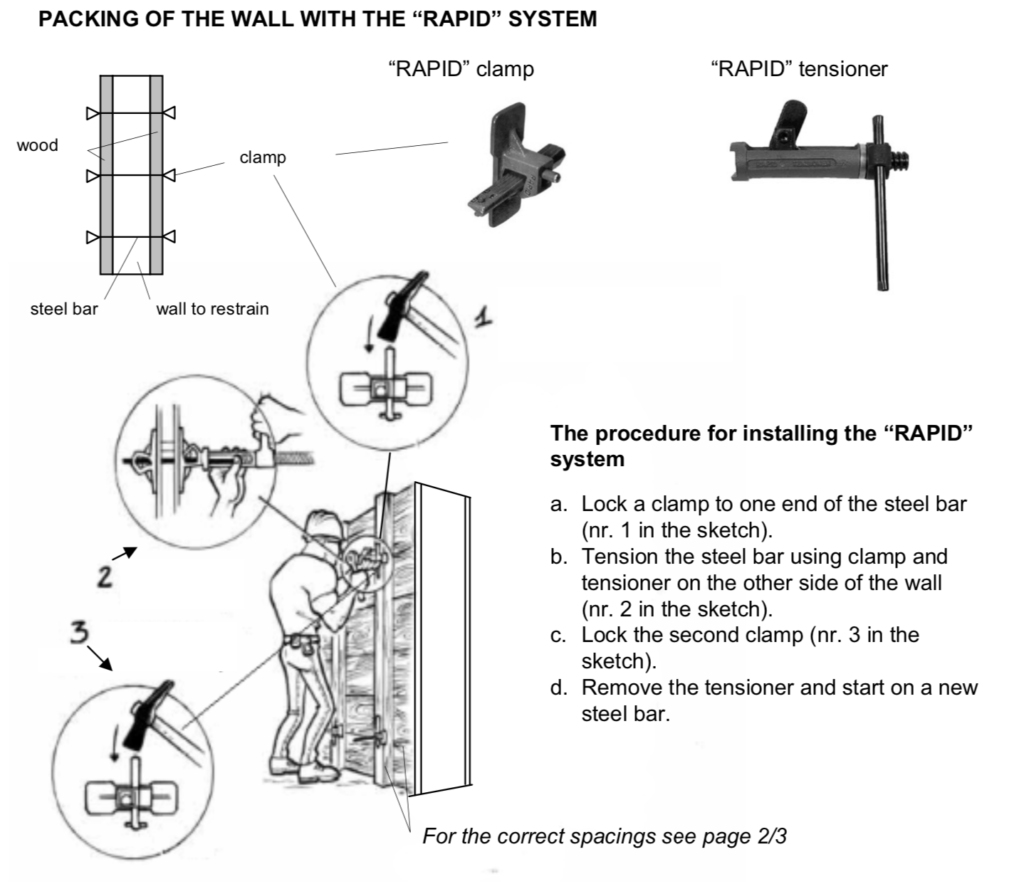
Prohibitions and dangers, where needed, are also
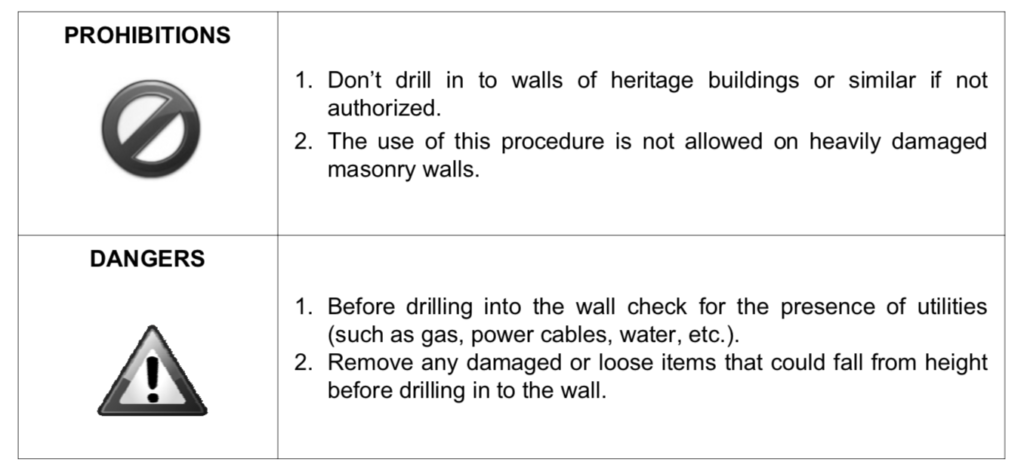
The STOP vademecum is based on the field experience of the Italian National Fire Corps and is supported by a number of bibliografic references:
Ballio G., Mazzolani F.M., (1987). Strutture in acciaio. Hoepli ed., 780 pp.
Bellizzi M., (2000). Le opere provvisionali nell’emergenza sismica. Agenzia di Protezione Civile – Servizio Sismico Nazionale – Roma.
Borri A., Grazini A., (2004). Criteri e metodologie per il dimensionamento degli interventi con FRP nel miglioramento sismico degli edifici in muratura. Atti del XI Congresso Nazionale “L’Ingegneria Sismica in Italia”, Genova, 25‐29 gennaio 2004.
Dolce M., Liberatore D., Moroni C., Perillo G., Spera G., Cacosso A., (2006). Manuale per le opere provvisionali urgenti post‐sisma (OPUS). Convenzione tra il Dipartimento della Protezione Civile, ufficio Servizio Sismico Nazionale e l’Università degli Studi della Basilicata. http://postterremoto.altervista.org
Di Pasquale G., Dolce M., (1999). Raccomandazioni per le opere di messa in sicurezza. Comitato tecnico‐scientifico istituito a seguito dell’Ordinanza 2847/98 a seguito del terremoto del 9.9.1998 (Pollino).
Dumonteil P., (1992). Simple equations for effective length factors. Engineering Journal, AISC, vol. 9 (3), pp. 111‐115.
Faccioli, E. and C. Cauzzi (2006). Macroseismic intensities for seismic scenarios estimated from instrumentally based correlations, Proc. First European Conference on Earthquake Engineering and Seismology, paper number 569.
FEMA Urban Search & Rescue, U.S. Army Corps of Engineers, (2009). Shoring operations guide. www.disasterengineer.org
Furiozzi B., Messina C., Paolini L., (2007). Prontuario per il calcolo di elementi strutturali. Le Monnier scuola ed., 721 pp.
Gómez Capera A.A., Albarello D., Gasperini P., (2007).
Aggiornamento relazioni fra l’intensità macrosismica e PGA. Progetto DPC‐INGV S1, Deliverable D11, http://esse1.mi.ingv.it/d11.html
Nuove norme tecniche per le costruzioni. D.M. 14 gennaio 2008.
Lienhard IV J.H., Lienhard V J.H., (2008). A heat transfer textbook. Phlogiston Press, Cambridge Massachussets, 760 pp.
Margottini, C., Molin D., Serva L. (1992). Intensity versus ground motion: A new approach using Italian data, Engineering Geology, 33, 1, pp. 45‐58
Piazza M., Tomasi R., Modena R., (2005). Strutture in legno. Hoepli ed., 736 pp.

